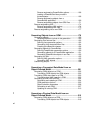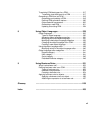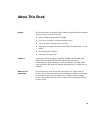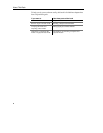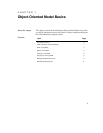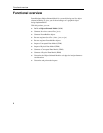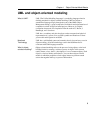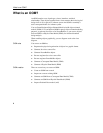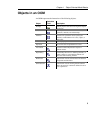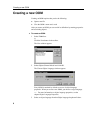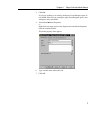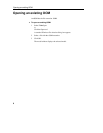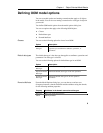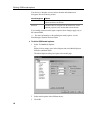
Chapter 1 Object-Oriented Model Basics
3
UML and object-oriented modeling
UML (The Unified Modeling Language) is a modeling language aimed at
defining standards for object-oriented modeling. UML has become a
standardized language largely through the work of the OMG (Object
Management Group), a group composed of individuals and representatives of
companies involved in object-oriented projects. However, its original
conception drew much of its inspiration from the work of G. Booch, J.
Rumbaugh, and I. Jacobson.
UML has a vocabulary and rules that focus on the conceptual and physical
representation of a system. You use UML symbols and notations to create
your models and diagrams in an OOM.
UML has a well-defined syntax and semantics that is clear and easy to use in
object modeling. All of the terminology used in the OOM interface is
consistent with UML language notations.
Object-oriented modeling refers to the process of using objects as the basic
building blocks for creating a software system. An object in this context
usually means a class, that is, a description of a set of common objects. Each
object or class has identity and behavior. You use these objects to build
models in which the properties of each object interact to perform certain
actions that together make up a system of information.
What is UML?
Notational
Terminology
What is object-
oriented modeling?




